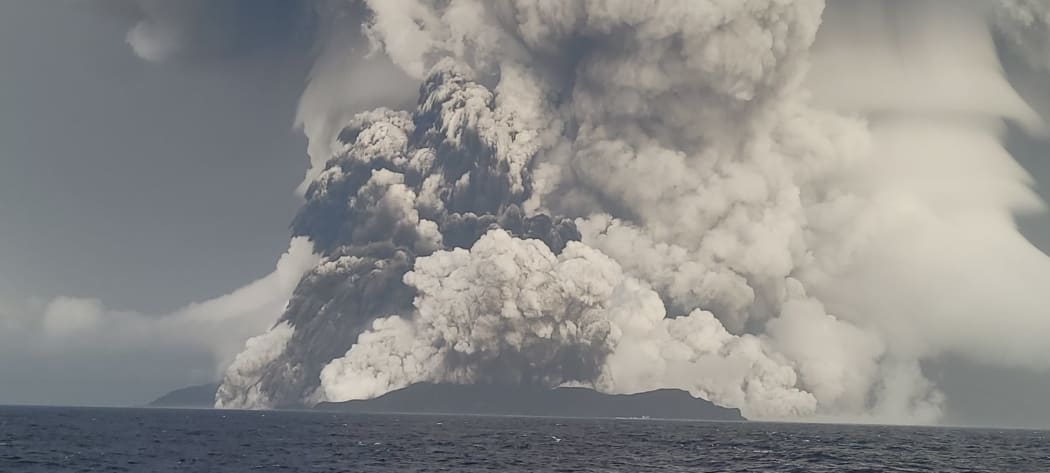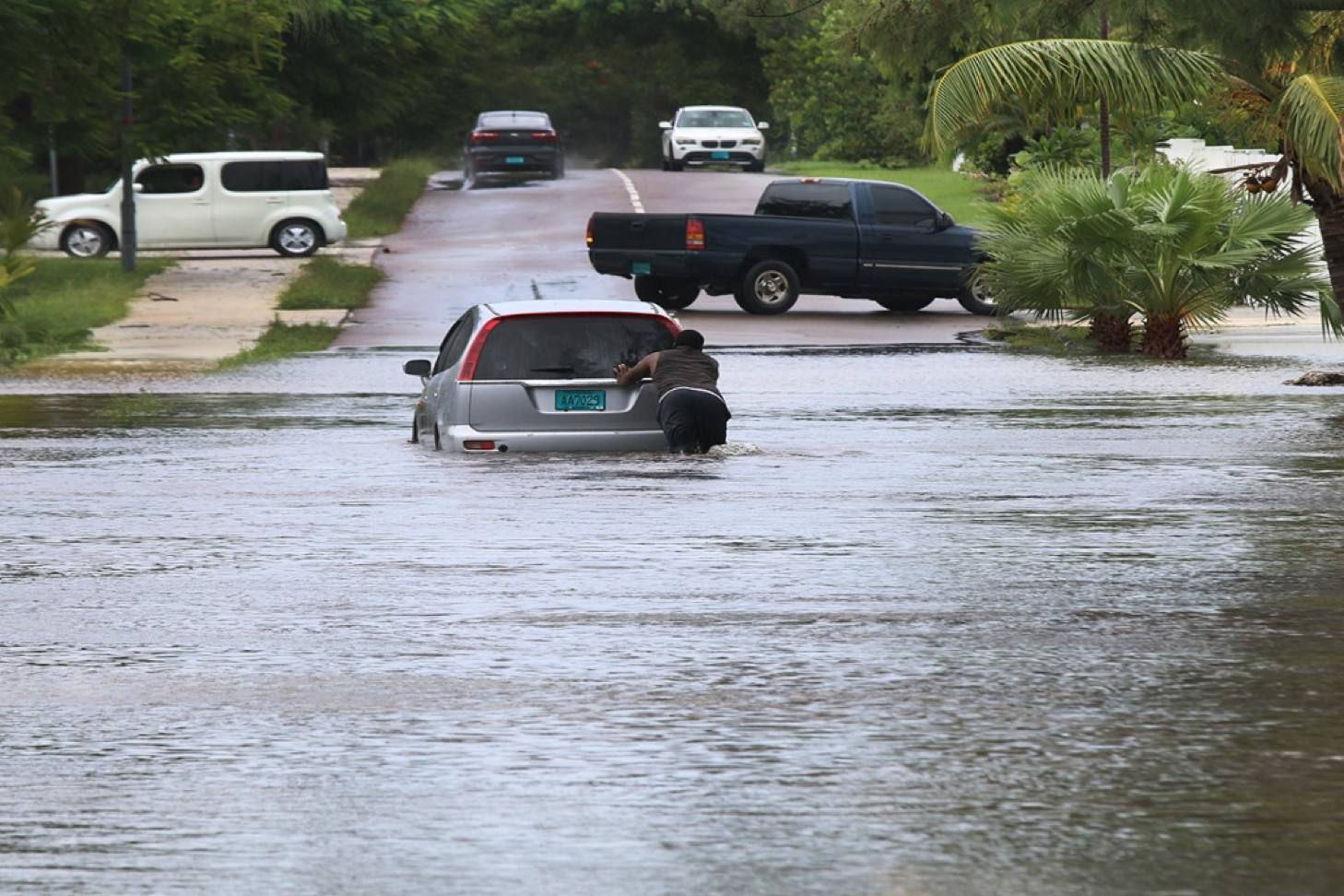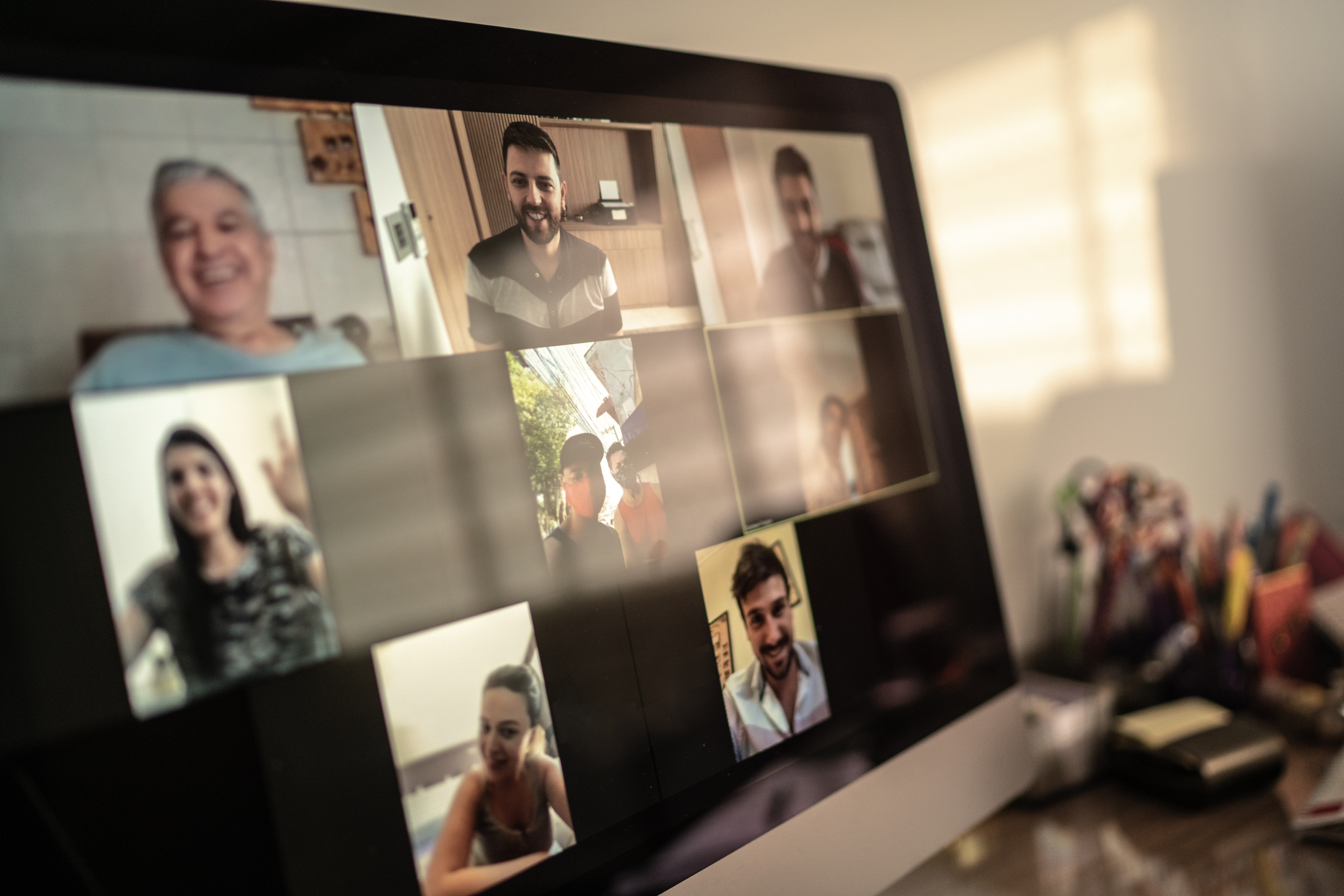PMA MEMBERS’ EXCLUSIVE
Public media organisations from PMA’s global membership joined an online discussion to unpack the vital role that public media play during crises and emergencies.
On 25th August, the Public Media Alliance hosted its third edition of PSM Unpacked – a roundtable forum exclusive for PMA members – which considered the vital role that public media organisations play during crises and emergencies. This is in light of recent extreme weather events, current and upcoming hurricane and typhoon seasons, as well as experiences of broadcasting during the COVID-19 pandemic.
Public media are often the most trusted and used source of news and information during such events. In some cases, they are the only media still operating when all other communication or power sources have stopped operating. During these instances, they have a special responsibility to provide citizens with potentially life-saving information, as well as be a source of comfort.
Representatives from Australia, Barbados, New Zealand, South Africa, Taiwan, Tonga, Trinidad & Tobago, and the United States took part in the virtual forum to share knowledge, experiences, and insights on approaches to covering and responding to crises and emergency events, including company guidelines and standard operating procedures (SOPs), citizen journalism, fact-checking and verification, staff safety and human-interest stories, as well as the use of social media and technology.
Key discussion points
Emergency preparedness and building resilience
Regardless of the type of emergency a broadcaster may face, it is important to be prepared, flexible, and willing to collaborate with key stakeholders.
- Preparedness is essential. That includes reviewing and updating internal policies for employees to know exactly what to do and how to report safely. The importance of cooperation and collaboration with local agencies – weather forecasters, government agencies, local authorities etc. – was also emphasised.
- Ensuring citizen preparedness is also essential. As a lifeline, public media organisations should regularly remind citizens of how to be prepared for when an emergency unfolds, and what to do when it does.
- Guidelines are living documents and must therefore be changed or updated. For example, it is vital that PSMs make sure that all contact information is up-to-date, such as those of emergency or news agencies, NGOs, or other broadcasters. The Covid-19 pandemic also made PSMs consider how to restructure ways of content distribution differently and gave them the ability to create new workflows that could be applied for future crises.
- Invest in equipment and have back-up plans for potential blackouts and when connectivity is down in various areas, especially if your main hub is impacted. For example, shortwave frequencies – although now being disestablished in many parts of the world for being too old-fashioned and poor quality – has proved it can be resilient in the face of disasters and blackouts.
- Determine a pool of reporters that cover specific arease. section reporters across various areas of an island to make it easier for the organisation to monitor personnel and reporting output.
- Conduct meetings before and after any emergency event to continuously improve responses and procedures. Having a pre-impact and post-impact plan in place.

During an emergency event
Anything can happen during an emergency, and it is necessary for broadcasters to remain critical while they navigate everyday journalistic challenges – such as deciding what is important to report and how to do so responsibly. But emergency broadcasting goes beyond the hard facts; broadcasters must also remember their vital role of providing comfort during difficult times.
- To decide what is important and what to report, organisations tend to match their response to the level of the threat.
- Produce long, live, extended broadcasts. Depending on the intensity and duration of an emergency, some PSMs will broadcast news updates on the hour and/or on the half-hour. Many organisations recognise that this is helpful for citizens not only for disseminating much-needed information but to act as a source of comfort.
- Not all public media organisations have the primary responsibility for being the emergency lifeline. Diverse cultural and language broadcasters instead have a different responsibility: to be a space of refuge to calm communities and support each other.
- Many have a Common Alerting Protocol (CAP) system that helps to keep the public engaged and informed.
- Technology failures: The communication source that usually tends to go down first in an emergency is satellite, thus impacting cell phone towers. Many organisations use shortwave radio to reach more remote areas, especially those with limited electricity supply and internet.
- Creating highly shareable content on social media: One of the biggest challenges in an emergency response is the atomisation of services, especially with linear platforms where there is a limited number of channels/airtime, to respond in a timely manner with emergency announcements. One solution is to disseminate updates on social media platforms. This needs to be short, simple, and snappy content that can potentially go viral. The key information needs to be in the headline: complexity in the headline and subheading needs to be sacrificed– but it is important not to do so at the expense of accuracy and credibility.
- Reaching diverse demographics and multilingual, inclusive services: It helps to be aware of cultural and behavioural diversity to know which types of platforms are preferred by different groups in society to ensure that emergency information is targeted to reach them. Essentially, distribute on platforms that audiences are already on. Ensure that graphics or audio packages on social media are both dubbed and developed in relevant languages and include sign language interpreters in broadcasts to be as accessible as possible. Most importantly, ensure that translation is correct before distributing widely.
- Partner with authoritative figures from emergency agencies or other NGOs to be able to share reputable information and advice during emergencies and for recovery response.
- Verify and fact-check first before publishing. While speed and efficiency are important, PSMs must be prepared to not always be the first to publish updates, because of the urgent need in such times to avoid misinformation. This is relevant now more than ever, as social media posts from the public become a cornerstone of public media getting updates from the scene. This approach also helps to counter any misinformation on social media channels.
- Citizen journalism: Various PSMs also receive information from citizen journalists and members of the public who can help to cover more ground. While this can be a useful strategy, organisations also ensure that information and audio-visual content are verified.
- Striking the balance between public service information and human-interest stories: According to some organisations, people helping other people make for great “next day stories” and remind the audience that in an emergency we are all one. Many PSMS also often discuss the personal impacts when staff have family, friends, or personal impacts from an event. Ultimately, it can be a challenge, but those connections with the community help to strengthen coverage… they are often the most memorable moments. Some organisations have put together an editor’s or reporter’s checklist that helps reporters think about different angles for the story. Think about why you are producing a human-interest story. What is the purpose? Also think about who is telling the story i.e. stories produced by the community for the community.
Staying safe
Journalists have the even more difficult task of not just reporting an emergency but living through it themselves. They must safeguard both their physical and mental well-being and must be fully supported by their organisation to do so.
- Many PSMs have procedures in place to safeguard the mental, emotional, and physical wellbeing of staff that may experience burnout and other types of work-related trauma from reporting on emergency events.
- They ensure that reporters have the necessary training and gear to be out on the field safely.
- Organisations map out areas of danger and ascertain pastoral roles and responsibilities.
- Some PSMs tell reporters to park the report if it gets too much and return to it if they feel they need to develop it.
- Many also offer access to counselling services and other types of peer support for when reporters come back from reporting on an emergency event on the ground. It is vital to taking care of the mental state of reporters to prevent reporters never going out and covering the story again.
- For some PSMs, the safety of citizen journalists is also factored into internal policies to ensure they know how to keep themselves safe.
Additional resources
- REPORT: RNZ’s use of shortwave during the Hunga Tonga Hunga Ha’apai volcano
- REPORT: PMN’s coverage of the Tongan volcanic eruption and tsunami during a communications blackout
- REPORT: Floods in Europe: PSM in times of emergency
- REPORT: WWNO’s experience during Hurricane Ida (Current – Paywall)
- REPORT: ABC’s coverage of the Australian bushfires
- REPORT: Hurricane Dorian: Its catastrophic destruction in Abaco & Grand Bahama
The session was part of PSM Unpacked, a series of roundtable forums exclusive for PMA members to exchange knowledge, experiences, insights and collaboratively find solutions to common challenges. The previous two roundtable sessions covered commercial funding for public media and digital safety for journalists.
Header Image: Flooding in Freeport. Credit: ZNS
Related Posts
28th June 2022
PSM Unpacked | Public media: A lifeline during emergencies
PMA members: Join us for our next…
30th November 2021
PSM Unpacked | Commercial funding for public media
In our first PSM Unpacked roundtable,…


